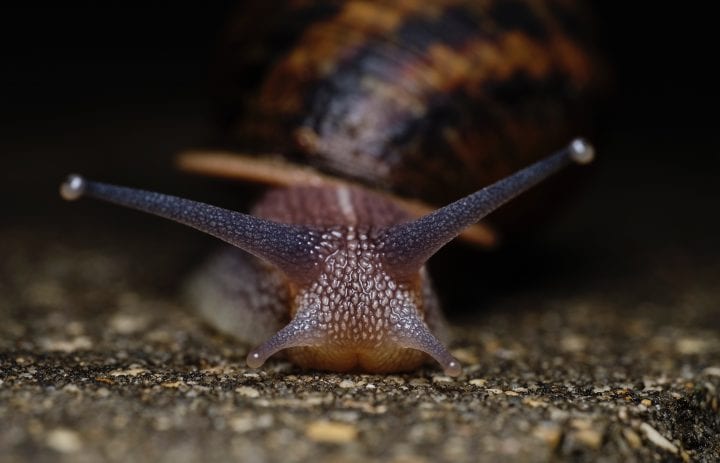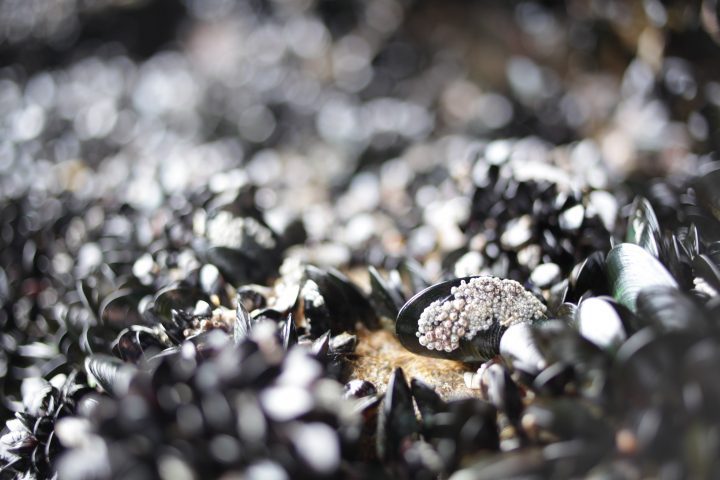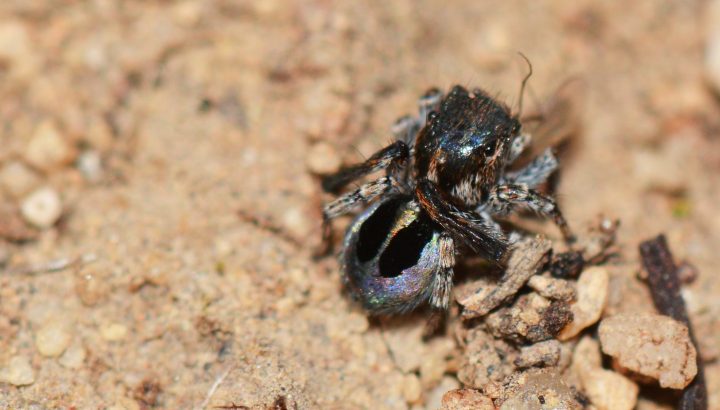Robotic eye from Hong Kong University of Science and Technology has a high-density nanowire array that increases the amount of information the eye can capture.
Benefits
- Increased efficiency
- Increased resolution
- Versatile
Applications
- Medical implants
- Robotics
- Surveillance
UN Sustainable Development Goals Addressed
-

Goal 3: Good Health & Wellbeing
The Challenge
Robotic eyes are often flat surfaces, making it difficult for them to replicate the abilities of the human retina. In addition, robotics eyes usually process data in a sequential order, delaying the overall transmission of data. Synthetic eyes also have smaller fields of vision and lower definition, leading to lower quality visual information.
Innovation Details
Researchers designed a robotic eye that is more structurally similar to the human eye, with a curved shape that more accurately replicates a real retina. It also has a high-density array of nanowires that mimic the photoreceptors found in the retina. These wires are able to transmit information at a higher rate than was previously possible. The wires are packed extremely tightly on the synthetic retina, so tightly in fact, that there are 30 times as many sensors on the artificial retina than a real human one.
Biological Model
Human eyes have a component called the retina. The retina contains two types of photoreceptors, rods and cones. The photoreceptors convert light into signals that the brain can process.




